The mantle is a ceremonial cape of the monarch, church ministers, judges, scientists and graduates of higher educational institutions. It can also be used in carnival costumes for children. The mantle has a simple cut and can be easily sewn at home with your own hands.
- Materials and tools that you will need for sewing at home
- Selecting fabric and lining material
- What patterns are needed?
- Pattern of women's academic robe
- Pattern for women's sleeveless garment
- Pattern of men's robe
- Pattern for the King's Robe
- Harry Potter Robe Pattern
- How to sew a garment - a robe
- How to take measurements
- Cutting out the elements (back and front)
- Sleeves
- Sewing
- Hood
Materials and tools that you will need for sewing at home
A mantle is a long cloak that may have sleeves, a hood, a collar, or it may simply be a cape with ties. The length of the cloak depends on the purpose of use; it may cover only the shoulders or stretch out in a long train.
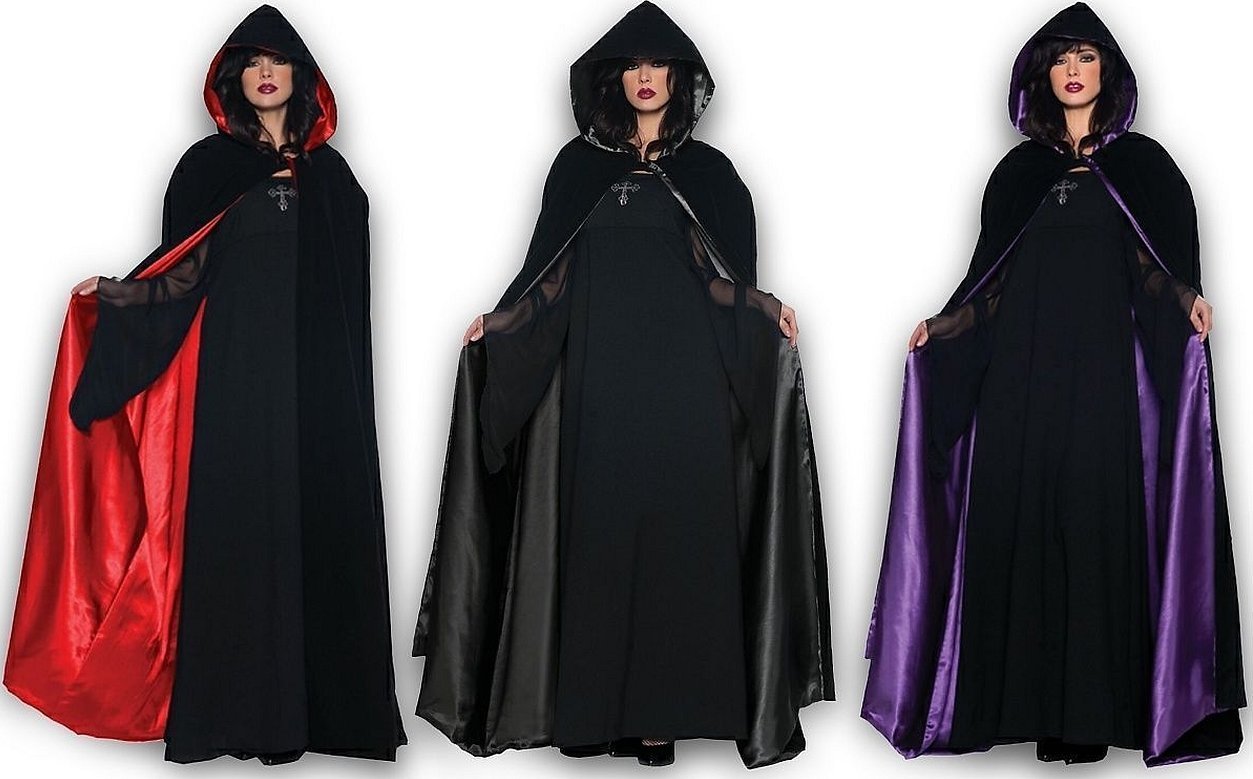
Today, the modern Bat Norton robe model has become very popular, which is liked by young people for its loose cut, comfort and warmth.
To sew a cape with your own hands at home, you will need the following materials and tools:
- main fabric;
- lining fabric;
- centimeter;
- pattern paper;
- ruler;
- chalk or soap;
- scissors;
- threads;
- needles;
- sewing machine.
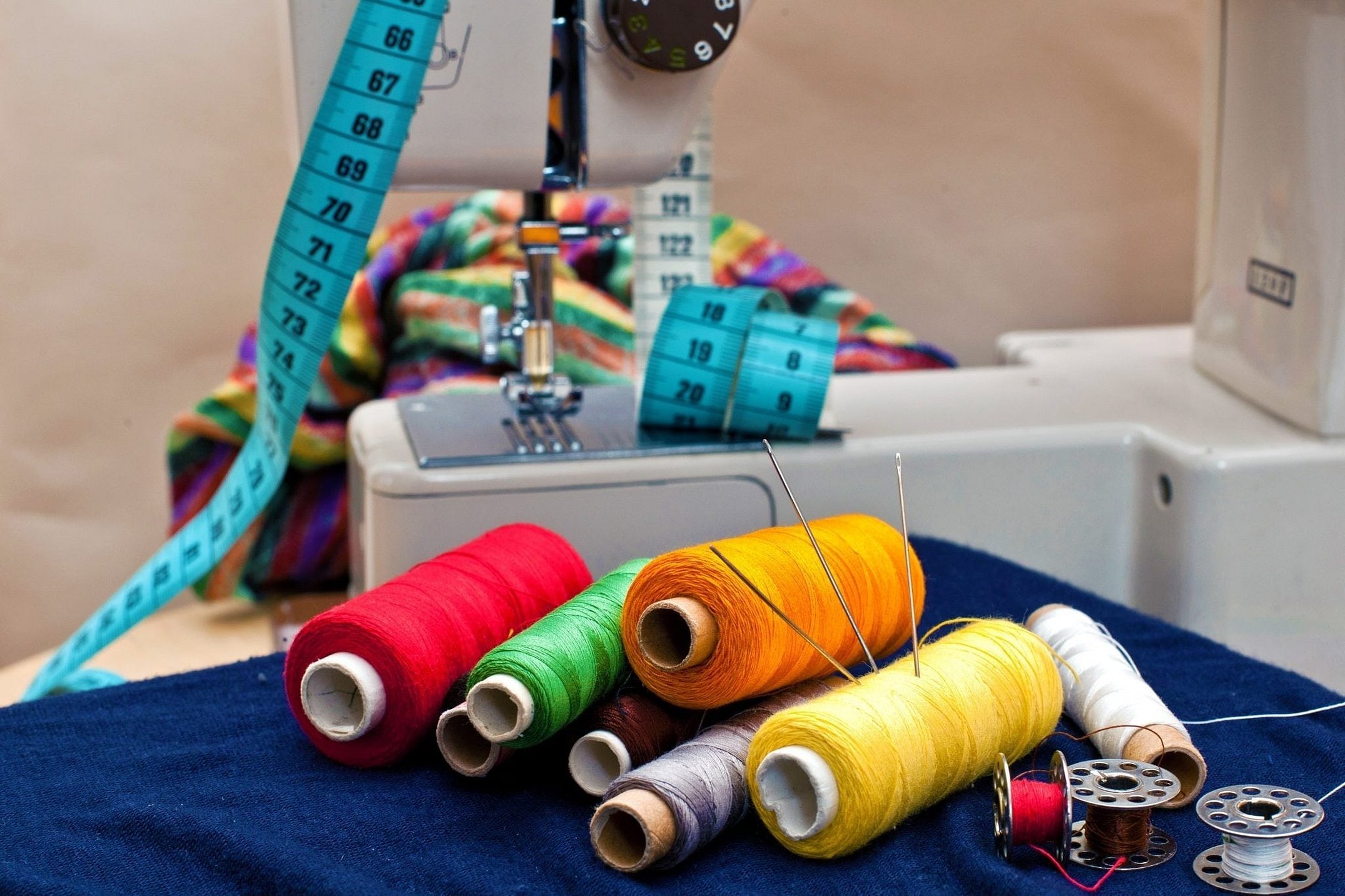
Selecting fabric and lining material
The choice of the main fabric for the mantle depends on the practical purposes of its use. Satin and velvet look very formal, silk is light and flowing, gabardine is dense, easy to sew, does not wrinkle in use, wool, viscose, knitwear are also used. Tweed, cashmere, footer or fabric imitating hand knitting are suitable for sewing a warm item. The base can be fur, fleece or fleece.
Important! The lining fabric is selected in accordance with the main fabric and the purpose of using the raincoat.
For lining, use silk, viscose, chiffon, satin, cotton for a thin raincoat, or fleece, flannel and wool knitwear for a warm product.

What patterns are needed?
To sew any clothes you need a pattern, it is drawn according to measurements taken from a person. To apply the pattern you will need paper, preferably graph paper, or tracing paper and a pencil. When the basic pattern is ready, it is transferred to the fabric using chalk, a piece of soap or a special erasable marker.
Modern women's robes are presented in the form of cardigans, cape coats, jackets and even dresses. A woman can also use an academic robe, a judge's robe or a carnival robe (witch costume, princess costume). Depending on the model, the presence of hoods, sleeves, pockets, slats and other details, the complexity of sewing varies. The simplest is a pattern of a medieval cloak. It does not have many details, only the back, front and ties.
Pattern of women's academic robe
In many universities, it is customary to dress students in graduation capes during the graduation ceremony.

For a woman's robe (master's or professor's), wool, viscose, and gabardine are suitable.
Important! The length of the cloak of scientists or postgraduates must be mid-calf.
The outfit has sleeves, but no hood, it is replaced by a confederate. Below is a pattern for a height of about 180 cm.

Pattern for women's sleeveless garment
A loose, comfortable, sleeveless mantle made of warm fabric is called a cape coat. The coat can be any length, instead of sleeves - slits, a fastener from the neck to the waist or a tie.

A women's cape-coat with a hood (without a pattern) looks very elegant, and if you take fur or fur trim for sewing a coat, you will get a rich women's fur coat.
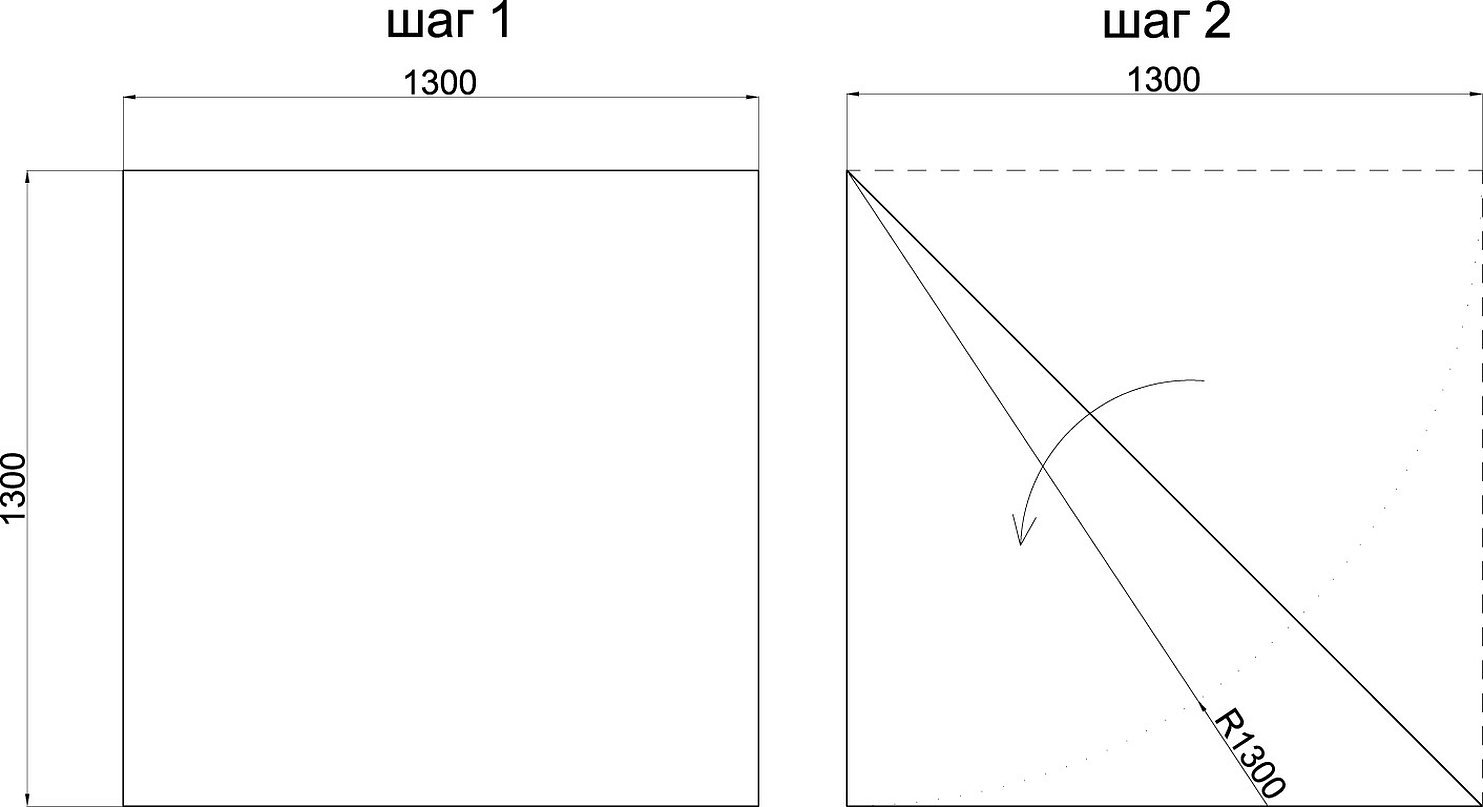

Pattern of men's robe
Bat Norton "Nomadic" is a unisex cape popular among young people. It is very cozy and warm.
“Nomad” is the trend of the season, and by sewing it yourself, you can save several thousand rubles.
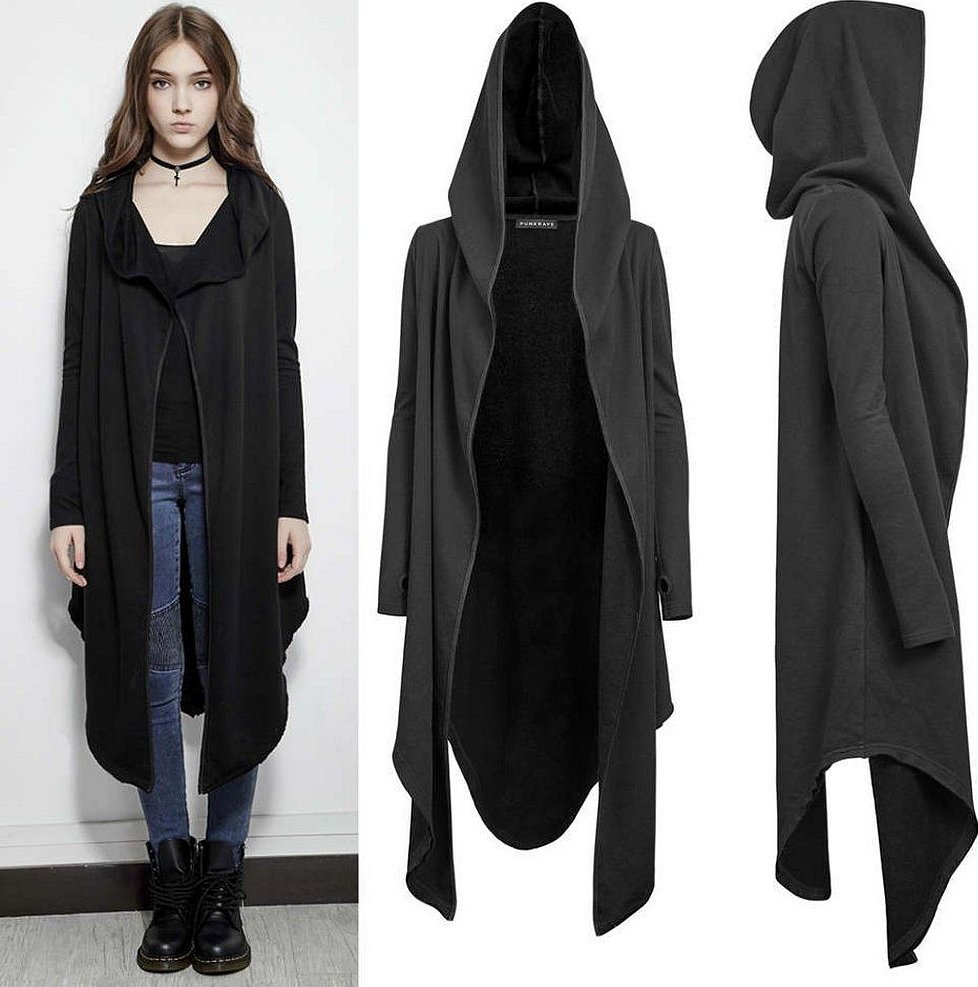
Hooded robe - the pattern is very simple.

Pattern for the King's Robe
A man king is a very eccentric image, for him it is enough to sew a king's robe.

For this you will need a thick heavy scarlet fabric, white fur, a large shiny clasp, white lining fabric. A medieval cloak pattern will do.
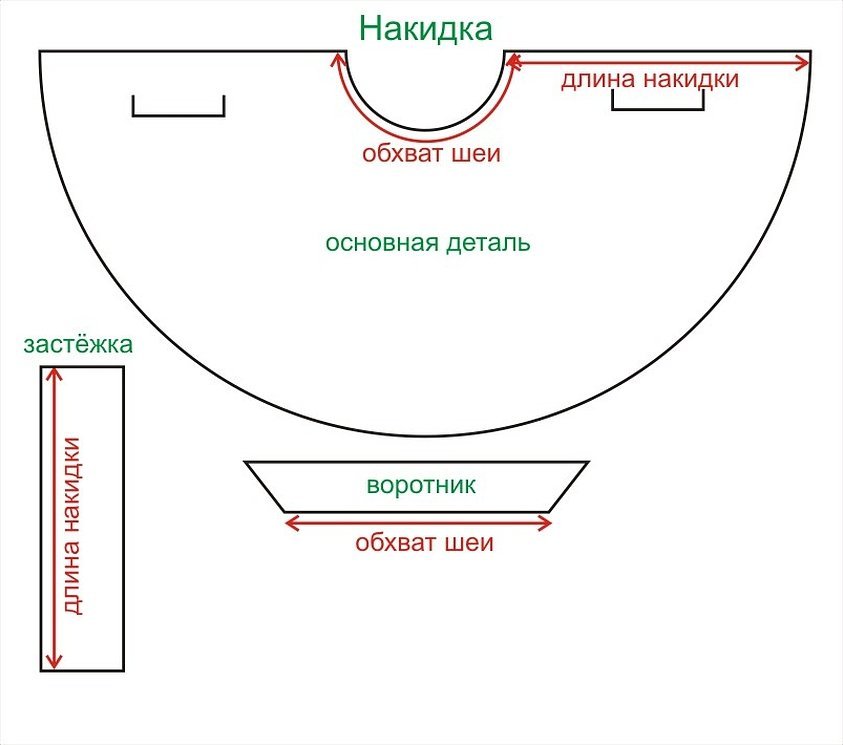
Harry Potter Robe Pattern
Harry Potter is the most famous wizard in the world, his image is often used at costume parties and school holidays. One of the important details of the image is the robe.

Harry Potter's cape is long, floor-length, with sleeves and a hood, made of silk or satin fabric in black and burgundy colors. Harry Potter's cloak mantle, the pattern for which is presented below.

How to sew a garment - a robe
The process of sewing a robe begins with choosing a model and taking measurements from the person for whom it will be sewn.
How to take measurements
To take measurements you will need a measuring tape, a pencil and paper to record the data.
Measured:
- Length of the future robe. To do this, apply a measuring tape to the back at the base of the neck and lower it to the intended length.
- Neck girth. The full girth of the neck is measured above the seventh vertebra.
- Chest circumference. The enveloping horizontal line along the most prominent points of the chest determines the size of the product.
- Waist circumference at the narrowest point.
- Hip circumference at the widest part of the hips.
- Wrist circumference.
- Shoulder width is measured from the base of the neck to the point where it connects to the arm.
- Arm length from shoulder to wrist.
- Around the face to get an idea of how much fabric is needed for the hood.
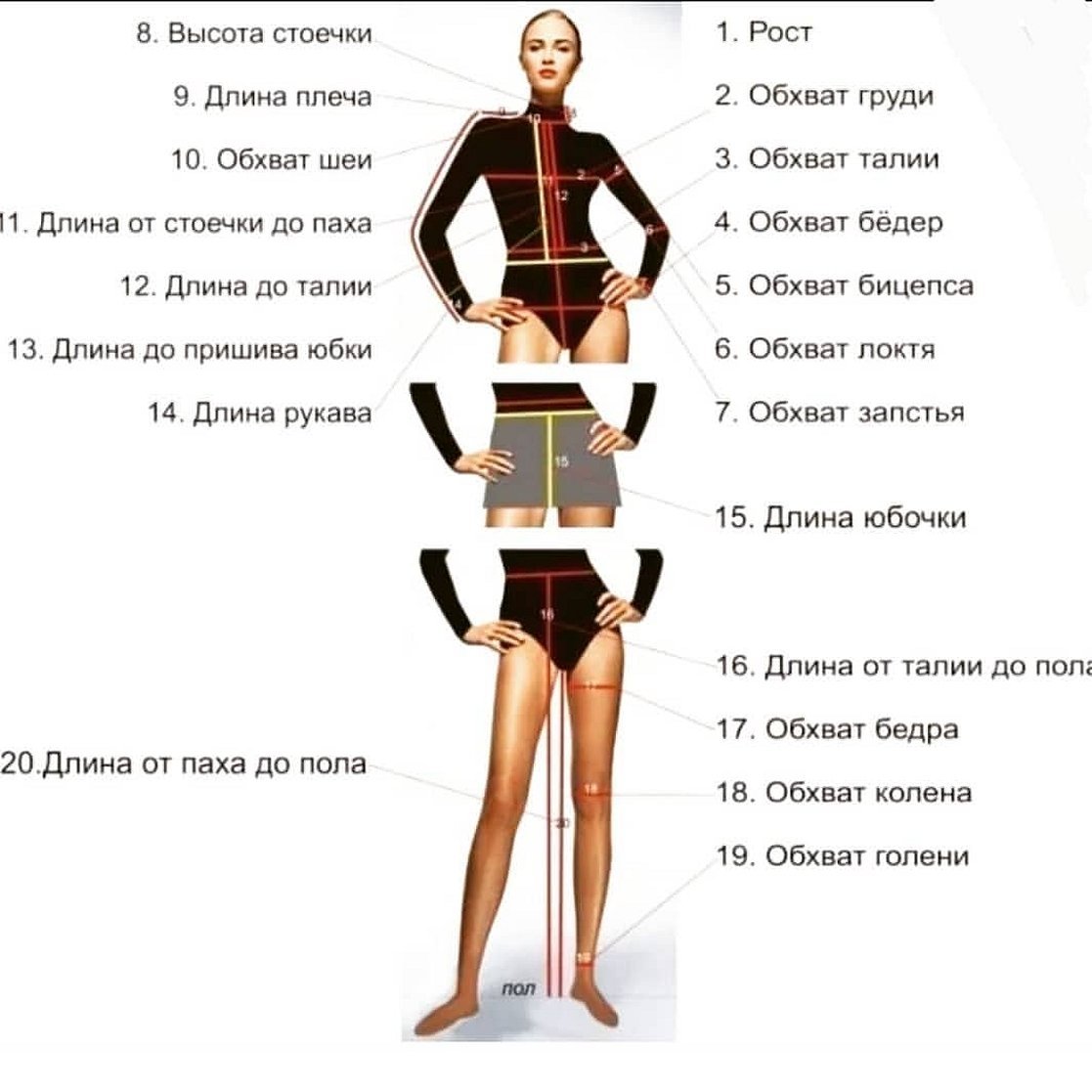
You may also find it useful to measure your chest circumference, with the measuring tape placed at the armpits, and your back width, which is measured from one arm to the other at the armpit level.
Important! When creating a pattern, be sure to add 1–2 cm to the measurements for allowances and seams.
Cutting out the elements (back and front)
In order to cut out the elements, it is necessary:
- Transfer the lines of the back base, neckline, armhole, and beginning of the side seam onto the fabric using a piece of soap or chalk.
Important! It is necessary to pay attention to how the grain line is located. It should run along or across the back.
- Fold the fabric in half and cut out the larger piece.
- Cut out a smooth round neck.
- Draw lines for the front pieces.
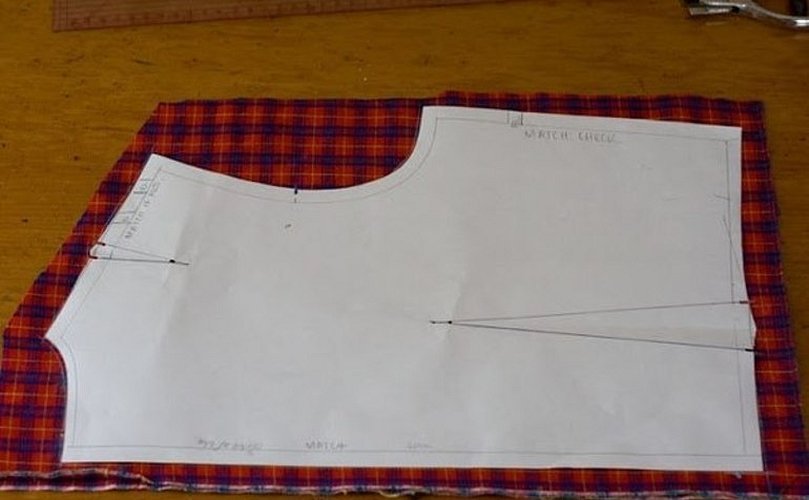
Open the shelves:
- Draw the central part of the shelf, placing the middle of the pattern on the edge or cut of the fabric, mark the length of the side seam of the shelf, it is equal to the side seam of the back.
- At the beginning of the side seam, mark the width of the shelf.
- Attach the side part to the central part of the shelf.
- Holding the pattern at the level of the middle of the chest, move apart the shoulder dart so that the side cut of the shelf begins at the level of the side seam.
- Connect the center of the chest with the beginning of the shoulder of the side part.
- Draw a line for the armhole and side seam.
Sleeves
When cutting out sleeves of any shape, position the pattern so that the grain line runs along the sleeve along the high point line.
The connecting seam with the sleeve should be located along the grain, symmetrically on both sides.
Sewing
After cutting out the fabric, it needs to be basted or pinned. At this stage, you can do the first fitting. If the mantle fits without any flaws, the fabric parts are stitched on a sewing machine. The entire procedure is done on the main fabric and on the lining. When both parts are ready, the lining is stitched to the mantle and stitched with a machine seam. The cut of the cloak is finished, all that remains is to turn the mantle inside out and iron it carefully.
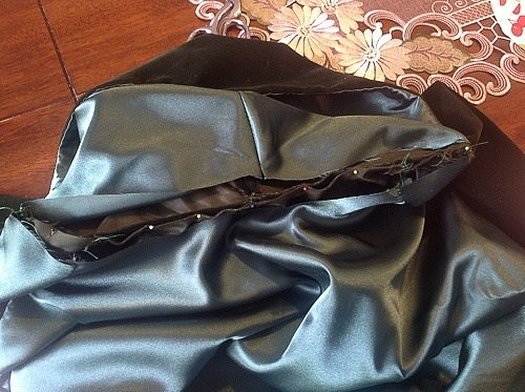
Hood
The next question is how to sew a robe with a hood? The hood is formed according to the same pattern as the entire robe. The head measurements are measured from the right collarbone to the crown and to the left collarbone, 4-5 cm are added so that the hood falls freely. The fabric is folded in half and two rectangles are cut out according to the pattern. Then the hood is formed:
- the main and lining fabrics are stitched from the back side;
- two parts are sewn along the front edge;
- turn the hood inside out;
- sew the hood to the neck of the robe so that the seam is inside the cape;
- Sew the lining by hand using an invisible stitch.

The mantle for a walk on a cool evening or for a fun event is ready. You can trim it with braid and fur trim, decorate it with beautiful buttons or pins and enjoy the thing created with love by your own hands.




